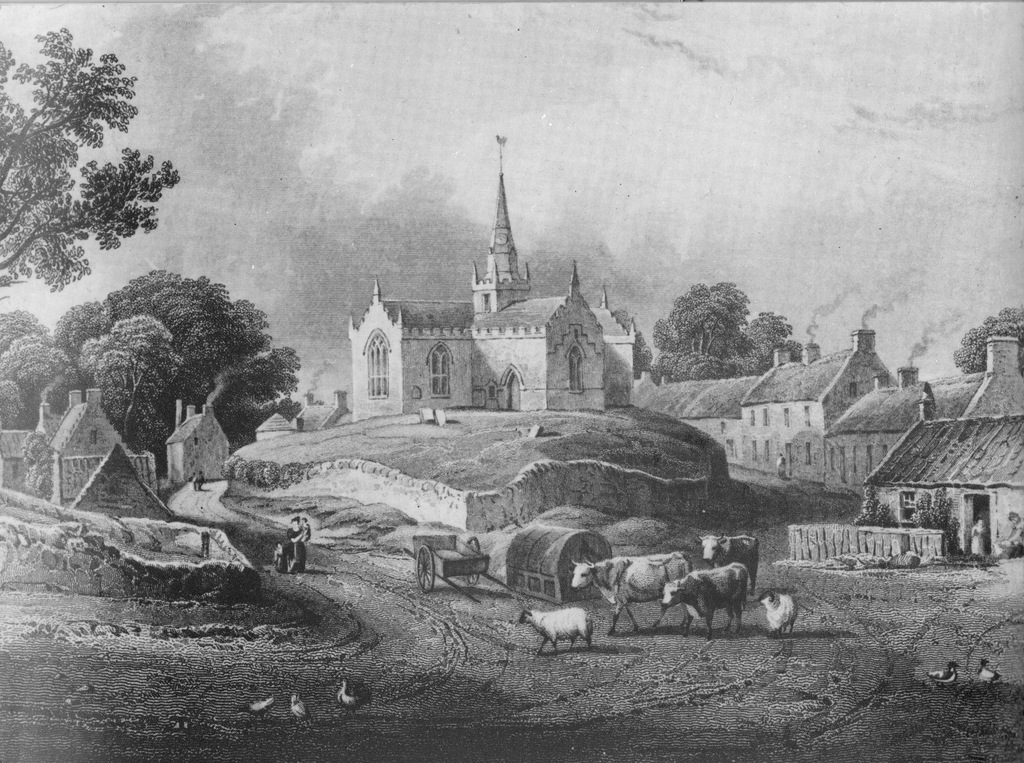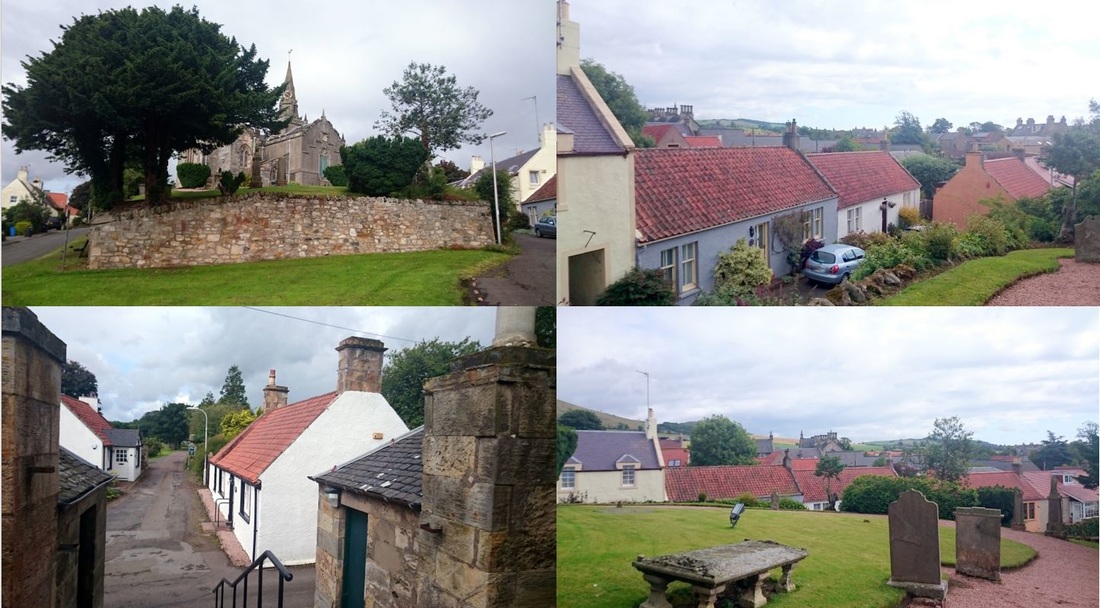Engraving involves cutting grooves into a hard surface and can be used for printing images on paper. This highly skilled technique was largely overtaken by the advent of photography but it provides a wonderful glimpse into the pre-photography era. Today, the Kirk and the area surrounding it retains much of its old world charm even without the thatched roofs and wandering animals. However, I'm sure that the streets are not exactly conducive to re-cycling lorries and such aspects of modern life.


 RSS Feed
RSS Feed
